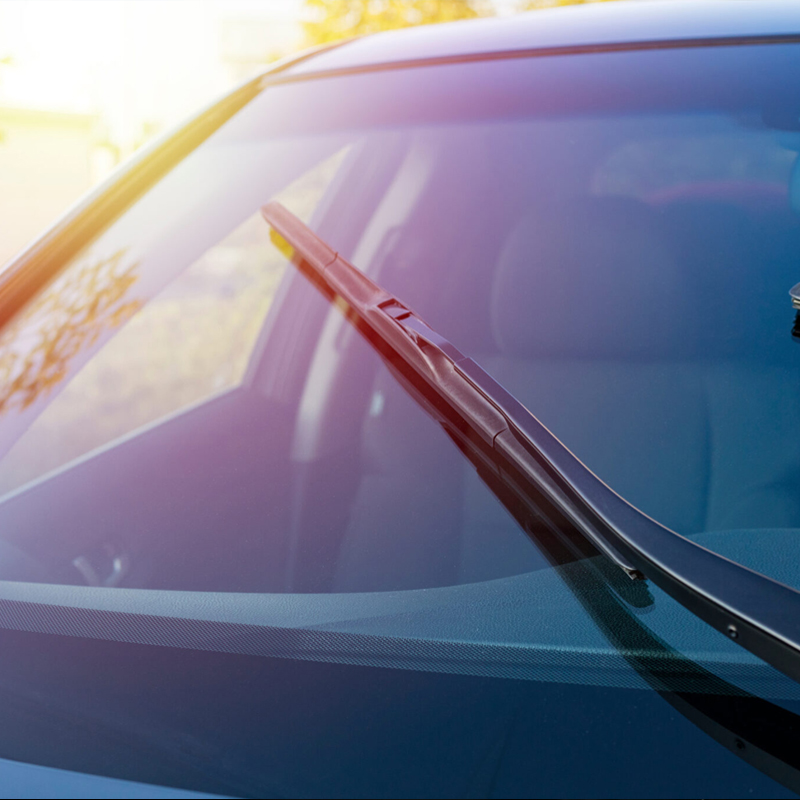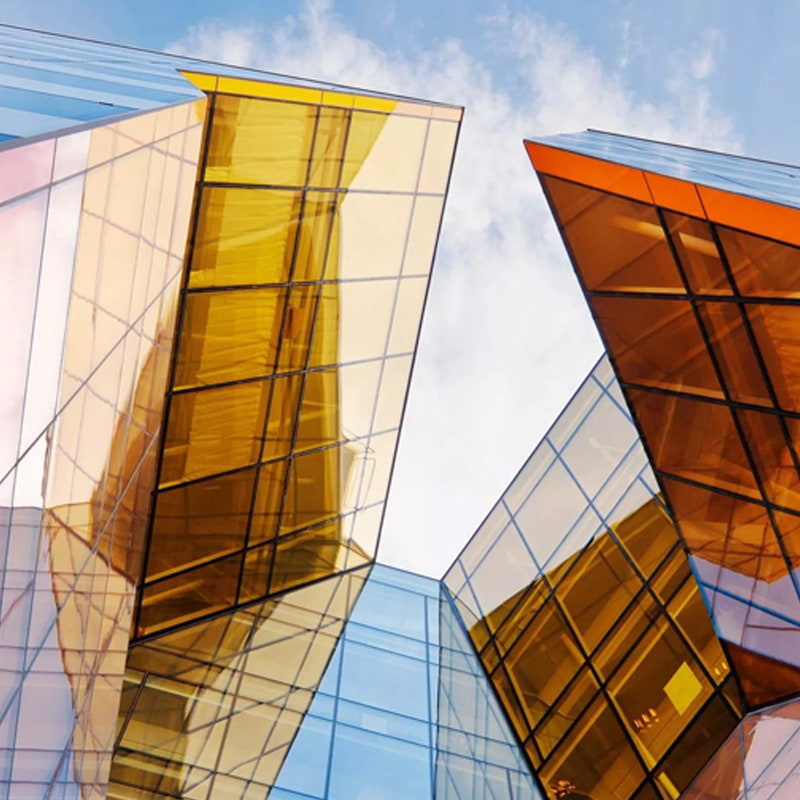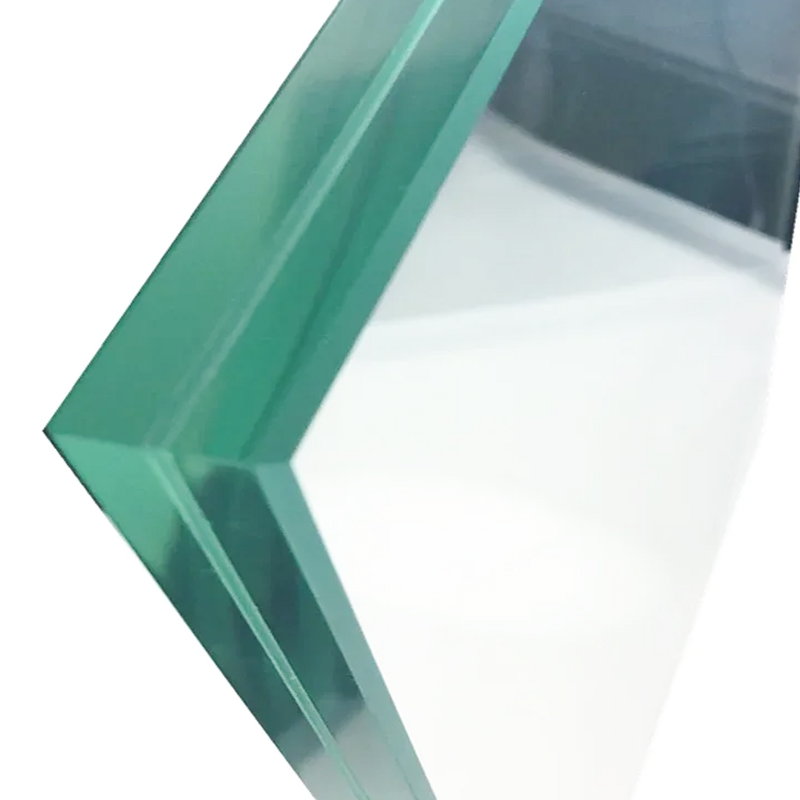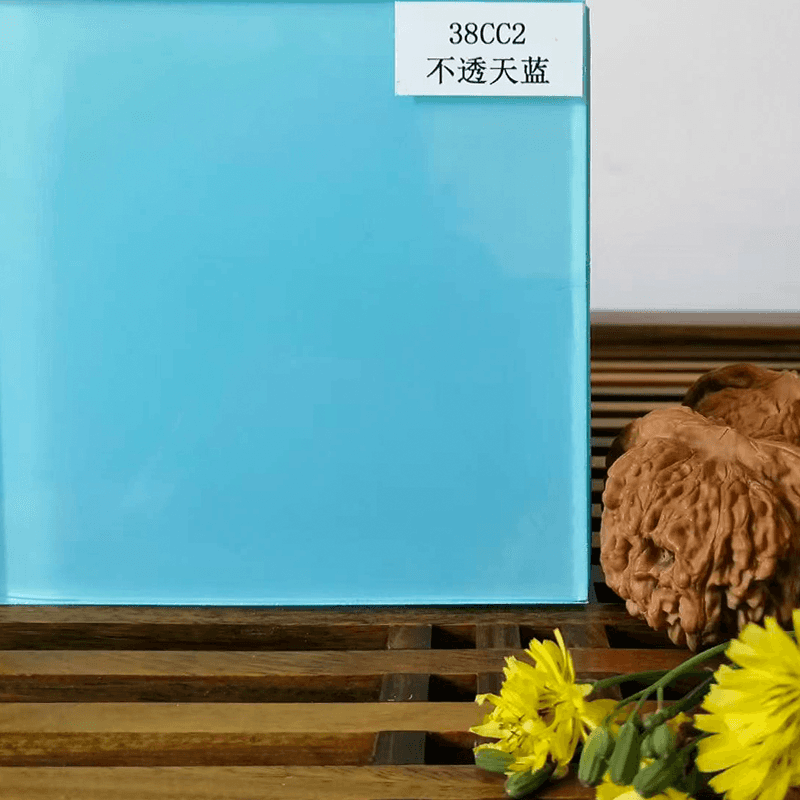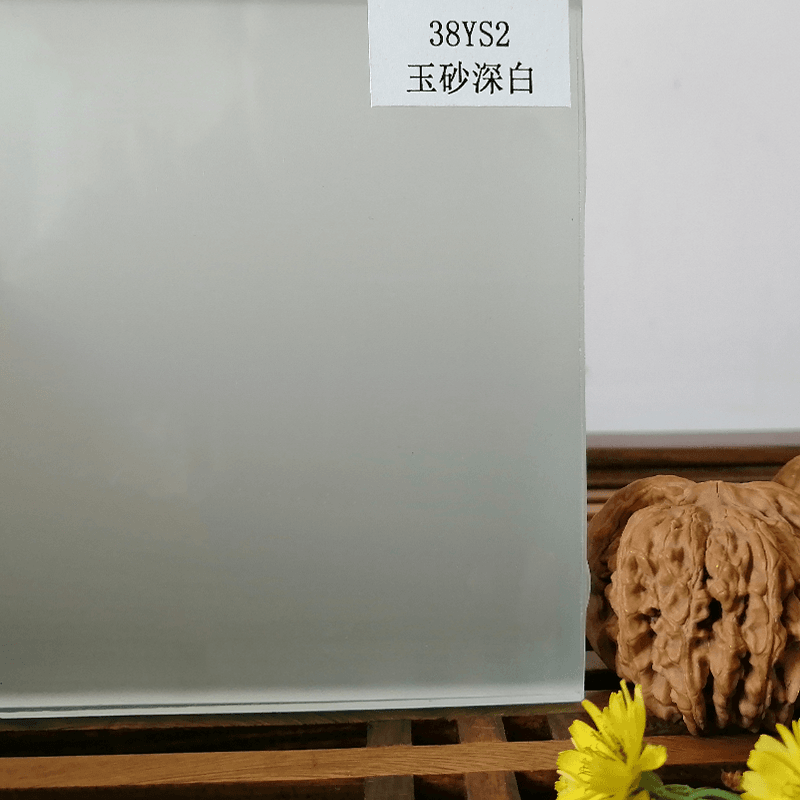language
In modern buildings, glass is widely used as both a structural and decorative material, appearing in curtain walls, partitions, skylights, and fire-rated doors and windows. However, ordinary glass is prone to cracking or falling under high temperatures. In the event of a fire, broken glass can accelerate the spread of flames, increasing risks to both the building and its occupants. To enhance fire safety, the use of PVB film in laminated glass has become an effective solution.
1. Basic Properties of PVB Film
PVB (polyvinyl butyral) film is a polymer material commonly used in laminated glass. Its primary functions include adhesion, cushioning, and barrier formation. PVB film has excellent toughness and transparency, allowing it to hold shattered glass fragments in place and reduce injury risk. Additionally, PVB film possesses thermal stability and fire-resistant properties, which can slow down glass breakage under high temperatures, providing valuable time for evacuation and firefighting.
2. Mechanisms of PVB Film in Fire-Resistant Glass
Delay Glass Breakage
In a fire, ordinary glass can crack rapidly due to thermal expansion and stress concentration. Laminated glass with PVB film disperses stress through the film’s toughness, delaying breakage. Even when the glass breaks, fragments remain adhered to the film, reducing harm and slowing flame spread.
Reduce Heat Transfer
The polymer structure of PVB film can partially block heat transfer, slowing the rise of temperature on the unexposed side of the glass. This is particularly important for fire-rated doors and windows, maintaining a barrier against heat and protecting interior spaces.
Limit Smoke and Toxic Gas Spread
Smoke and toxic gases often pose a greater threat than flames. PVB film keeps glass fragments in place, forming a barrier that slows the spread of smoke and harmful gases, creating safer conditions for evacuation and rescue.
Enhance Structural Stability
The film binds multiple glass layers together, maintaining structural integrity even if the outer layer breaks. This stability is critical in high-rise buildings and public facilities, preventing large-scale glass falling and reducing secondary injuries.
3. Practical Applications of PVB Film Fire-Resistant Glass
Curtain Walls
High-rise building curtain walls often use large glass panels. In a fire, ordinary glass may fall rapidly, endangering occupants. Laminated glass with PVB film delays breakage and keeps fragments in place, improving overall fire safety.
Fire-Rated Doors and Windows
PVB laminated glass provides transparency while serving as a heat and flame barrier. By adjusting the thickness and number of layers, it can meet various fire rating requirements in building codes.
Interior Partitions
In offices, shopping centers, and other public spaces, PVB laminated glass partitions help maintain integrity during a fire, preventing rapid fire and smoke spread while reducing the risk of injury from glass shards.
Skylights and Roof Glazing
Skylights are exposed to high temperatures and fire risk. Laminated glass with PVB film delays breakage, allowing more evacuation time and maintaining safety in interior spaces.
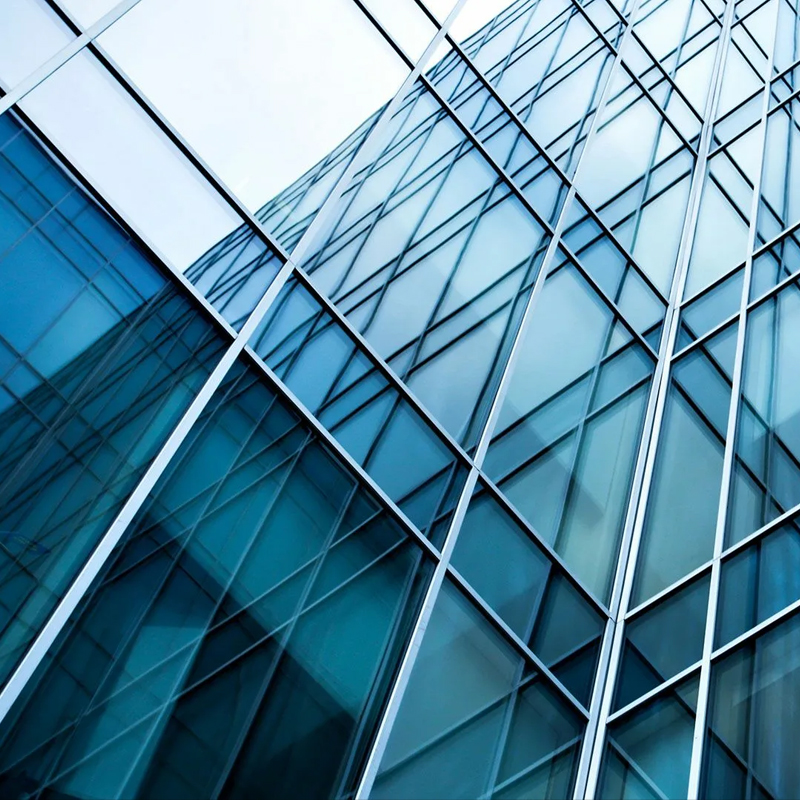
4. Factors Affecting Fire Performance of PVB Film
Film Thickness
The thickness of PVB film directly influences fire resistance. Thicker films provide stronger toughness and energy absorption, extending the time before glass breaks and improving thermal insulation.
Glass Layering and Configuration
Multi-layer laminated structures perform better in fire conditions. Designing the right number of glass and film layers ensures that fire safety standards are met.
Environmental Temperature and Fire Intensity
Extreme fire conditions may exceed the thermal limits of PVB film. Proper selection should consider the building environment and potential fire hazards.
Construction Quality
The production and installation of laminated glass are critical. Poor adhesion, bubbles, or impurities reduce stress distribution and insulation, compromising fire performance. Controlling quality during construction is essential.
5. Advantages of PVB Film Glass
Enhanced Safety
Holds glass fragments and delays breakage, reducing injury risk in a fire.
Heat and Flame Resistance
Slows down heat transfer and flame spread during early fire stages.
Aesthetic and Functional
Maintains transparency, suitable for curtain walls and interior design without affecting light or visibility.
High Adaptability
Glass thickness, layering, and film specifications can be adjusted to meet diverse fire safety requirements.
6. Practical Considerations
Choose Appropriate Film and Glass Configuration
Select film thickness and glass layers based on fire rating requirements to ensure adequate protection.
Ensure Construction Quality
Strictly control temperature, pressure, and adhesion during manufacturing and installation to avoid bubbles, impurities, or weak bonding.
Regular Inspection and Maintenance
PVB film may degrade over time, reducing fire performance. Regular checks and timely replacement are necessary.
Integrate with Overall Fire Safety Design
PVB laminated glass should work in combination with sprinklers, fire doors, and other fire protection measures for a complete safety system.
7. Conclusion
PVB film plays a crucial role in enhancing the fire safety of glass. By delaying breakage, holding fragments, providing thermal insulation, and maintaining structural stability, laminated glass with PVB film significantly improves building fire safety. Its applications range from high-rise curtain walls to interior partitions, fire-rated doors and windows, and skylights. However, effective fire protection relies on proper design, quality construction, and regular maintenance. Understanding the properties and practical applications of PVB film is essential for architects, builders, and safety managers aiming to improve building safety.

